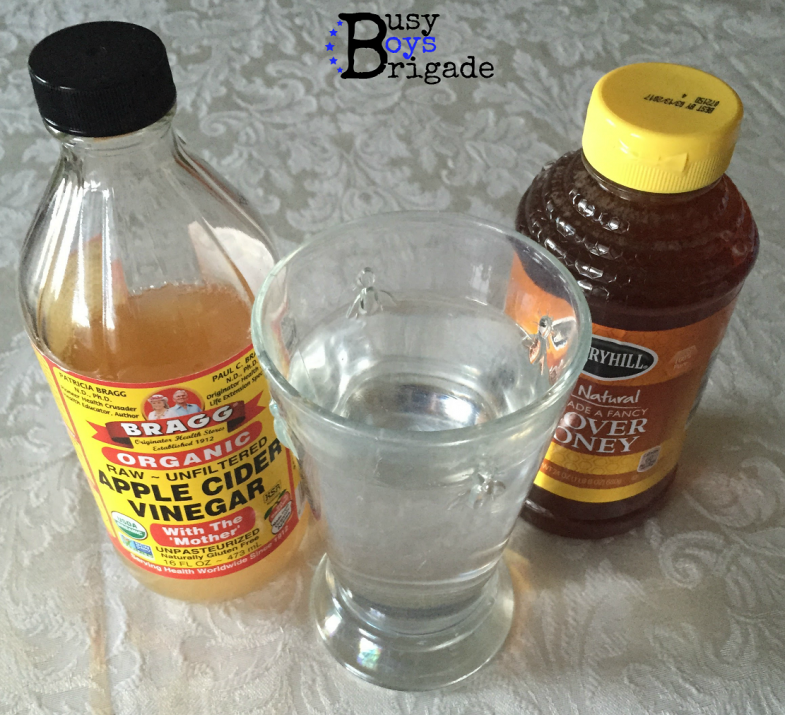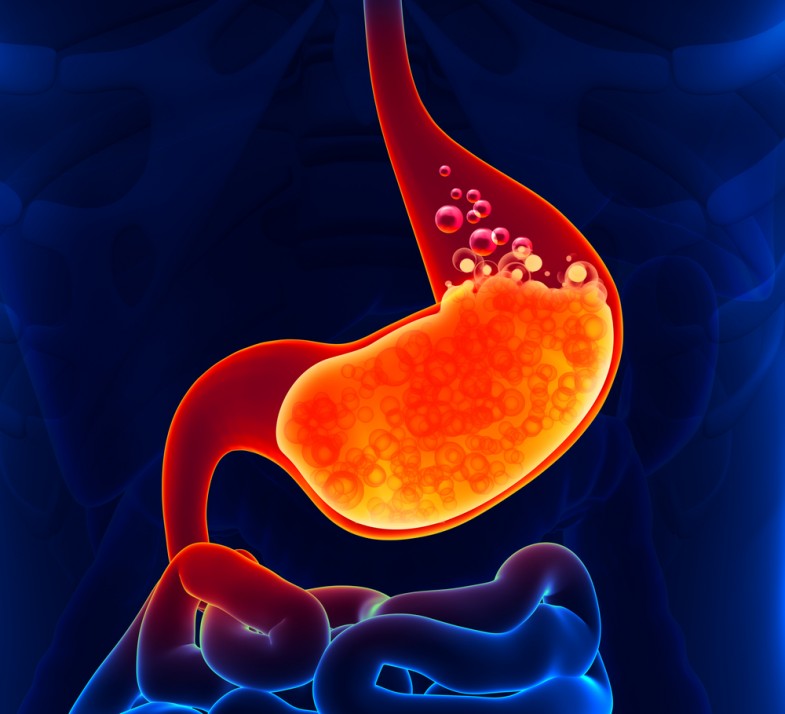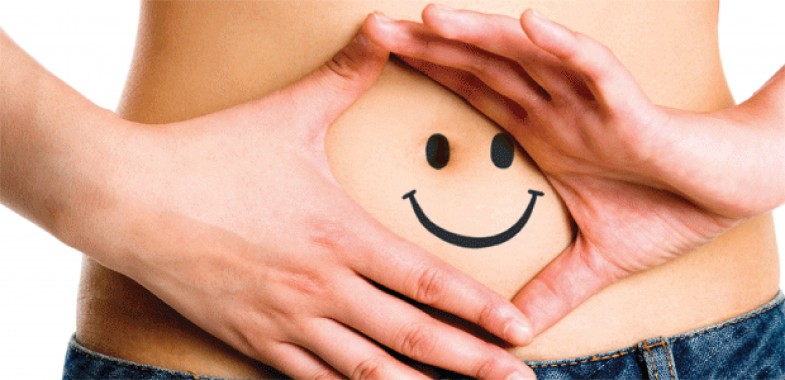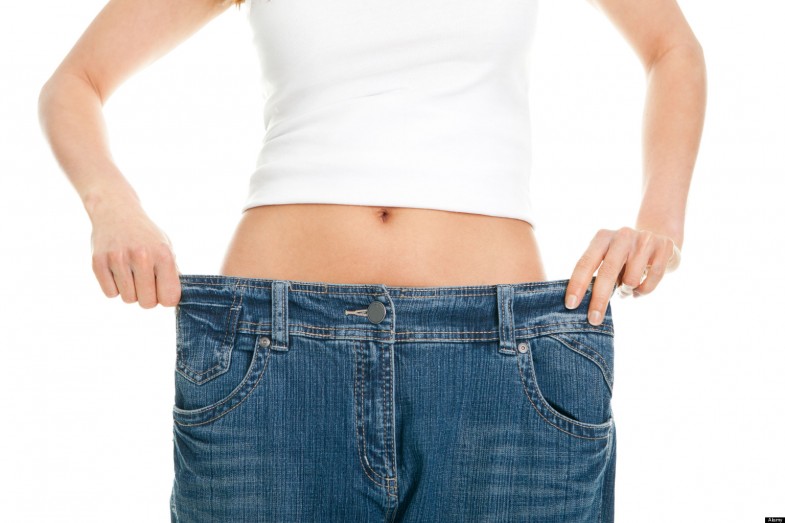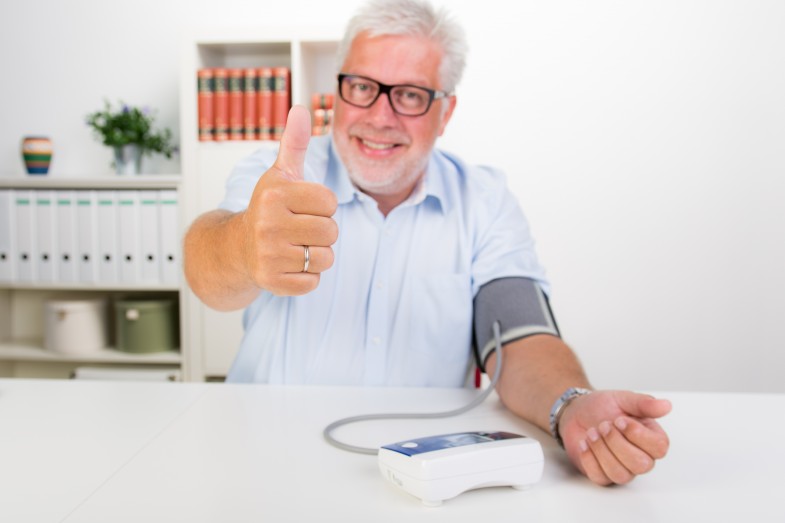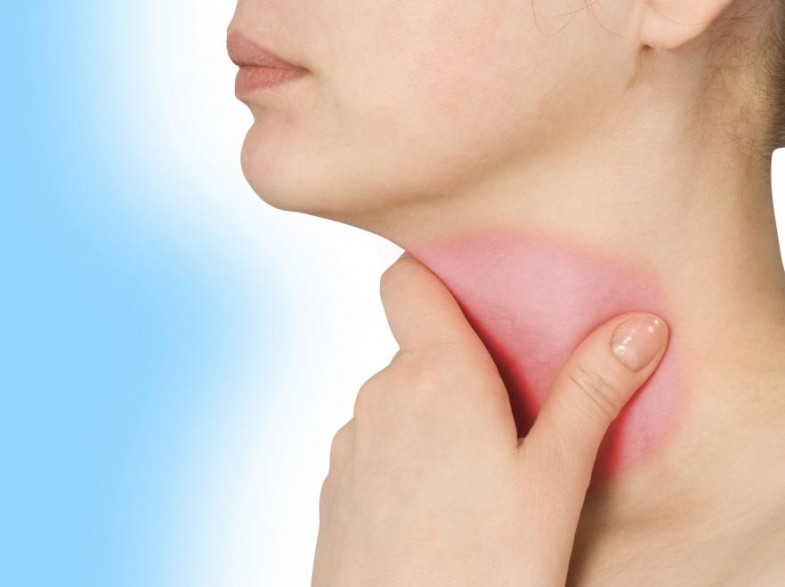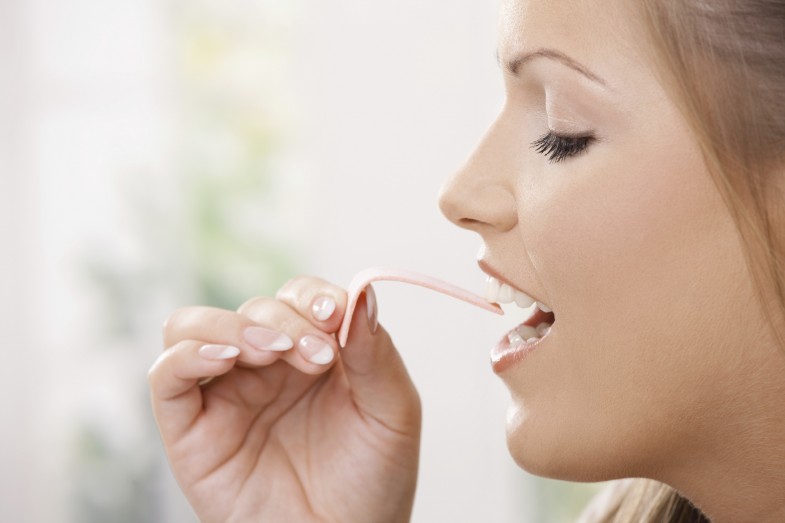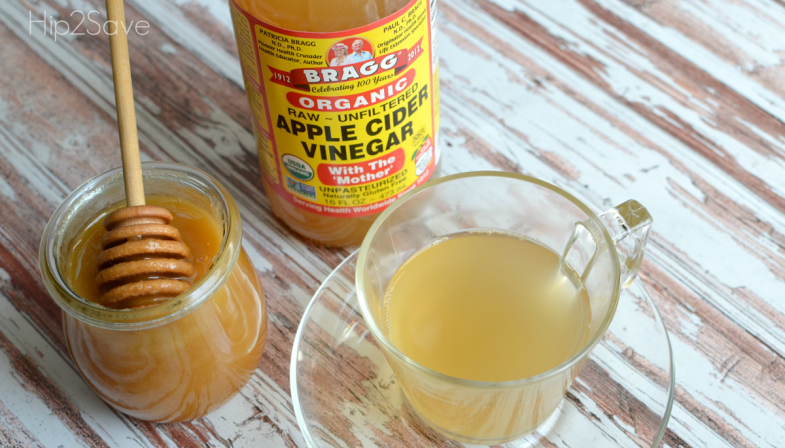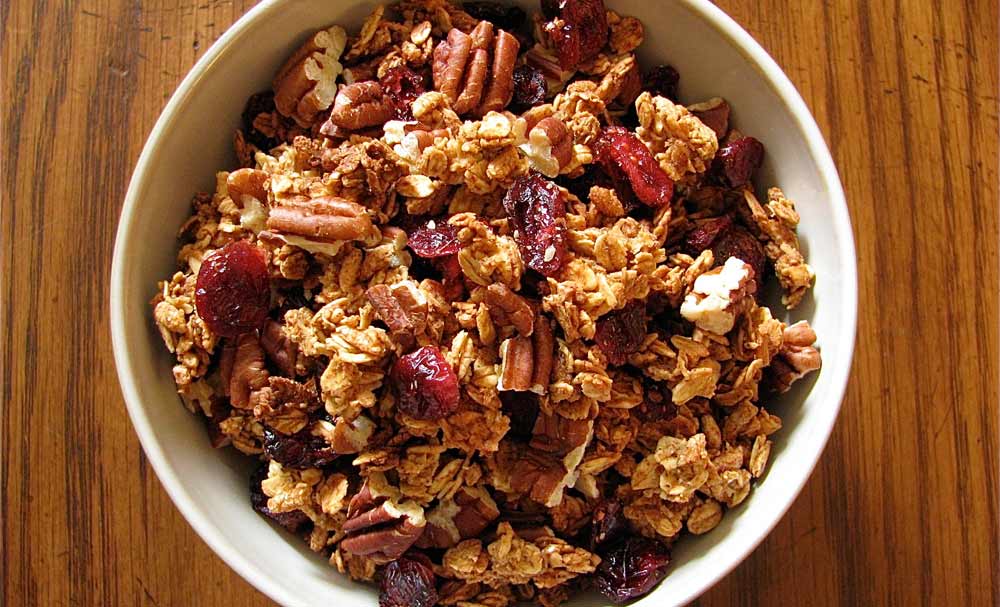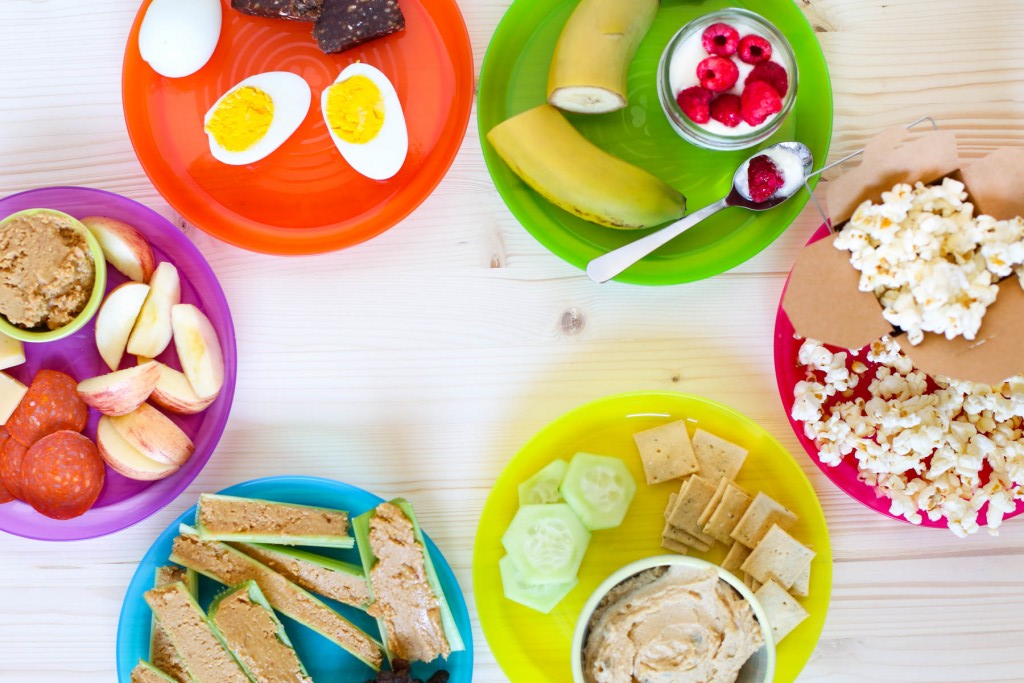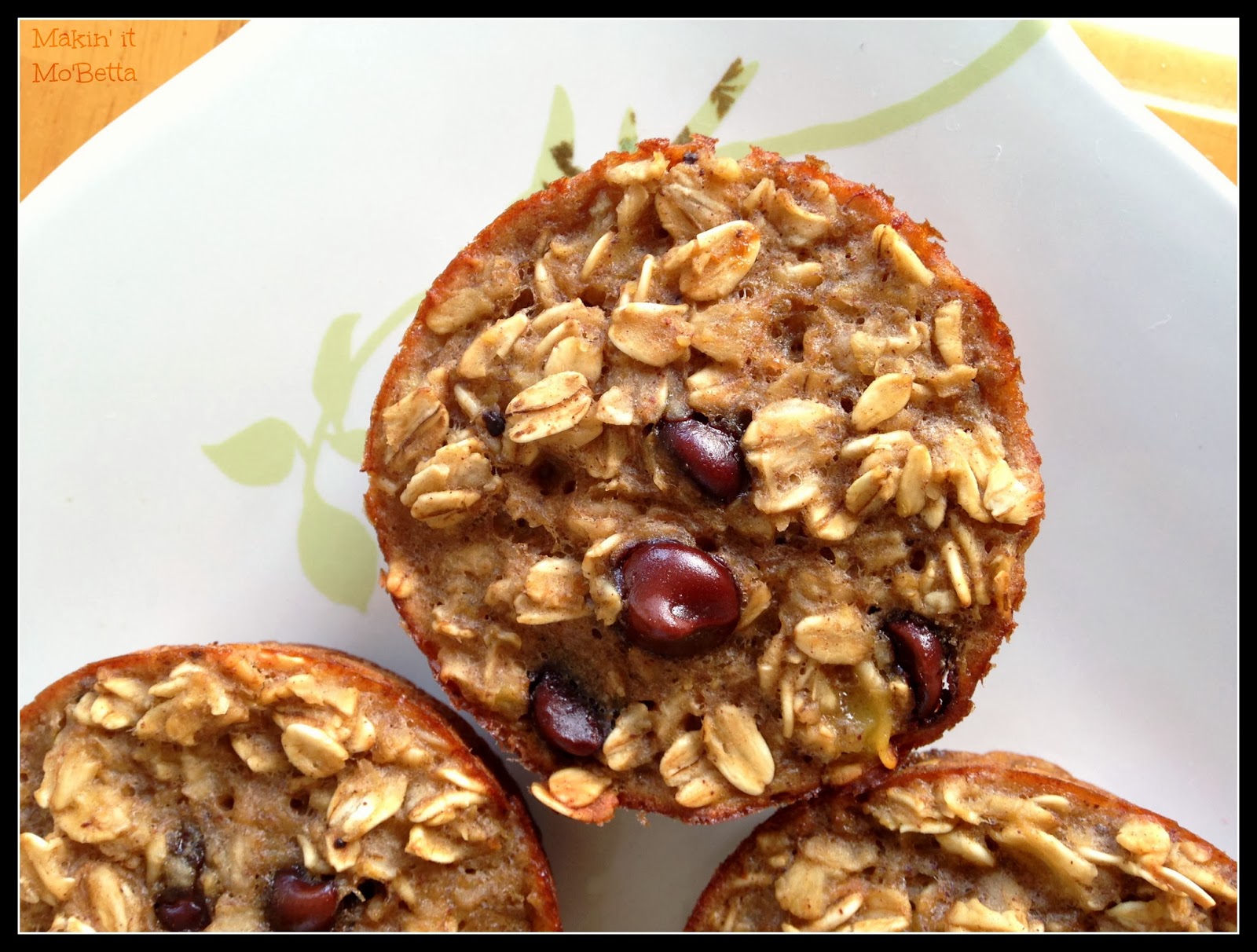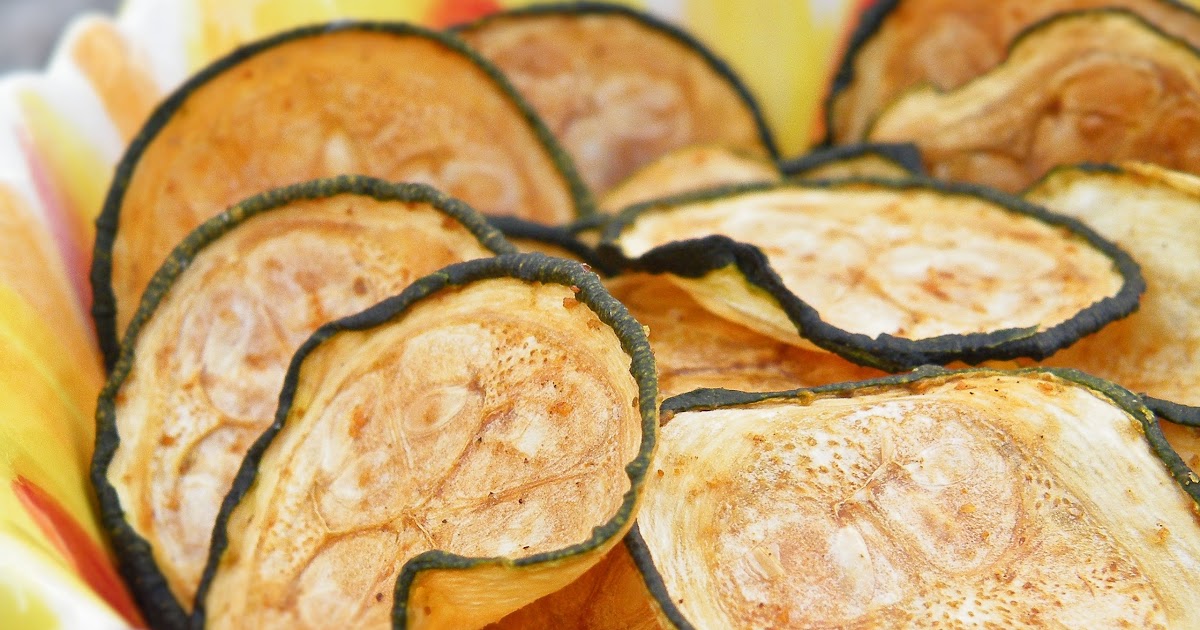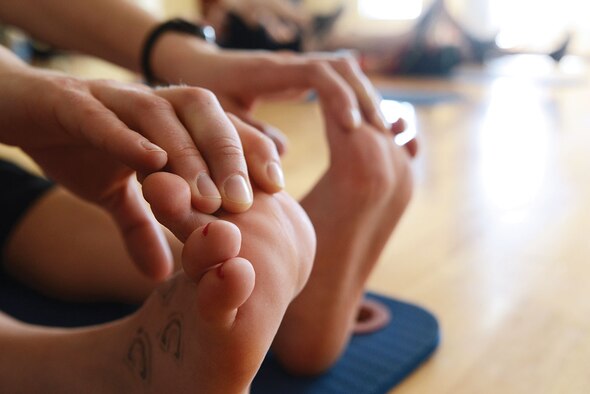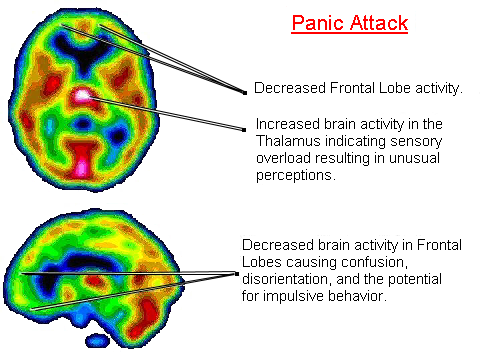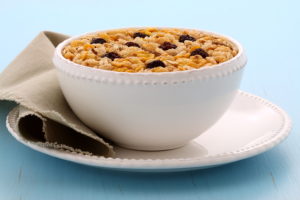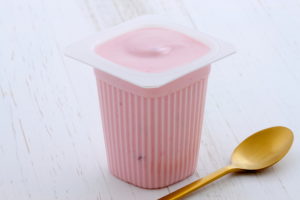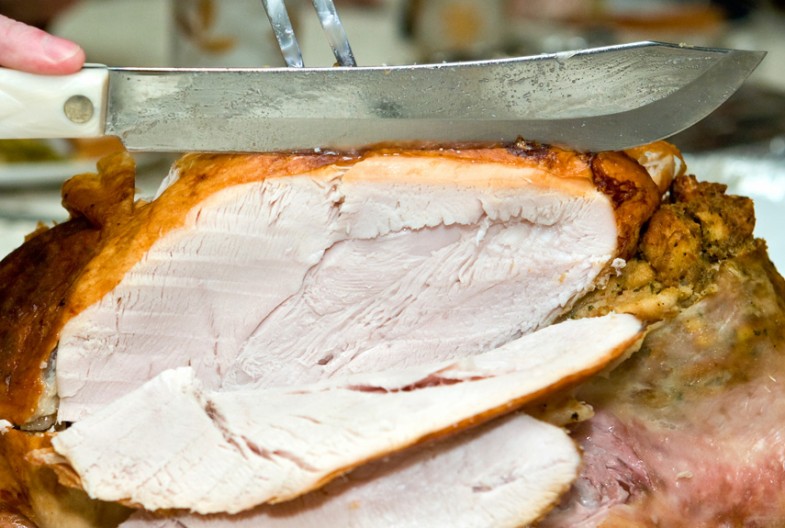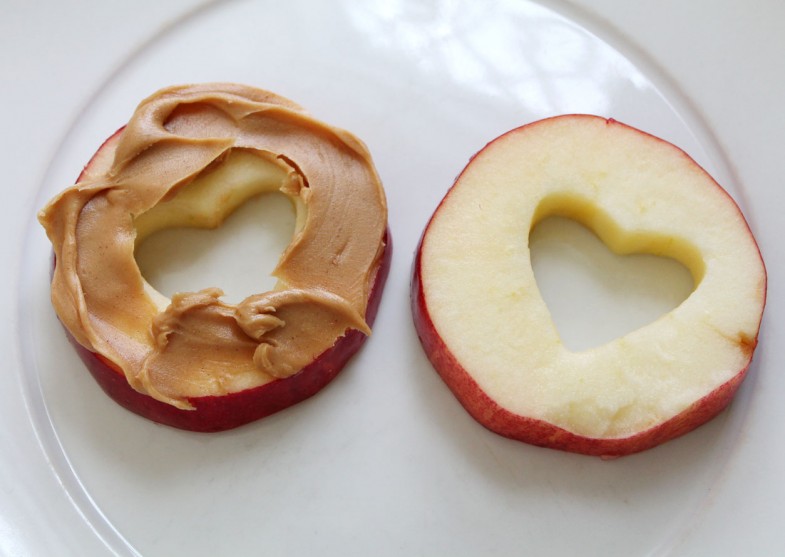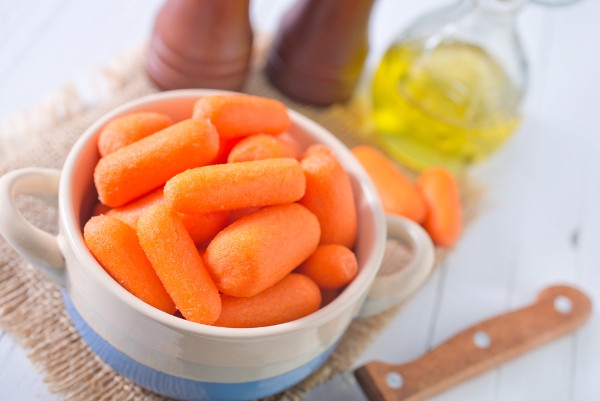
Source: healthyandnaturalworld.com
Apple cider vinegar (ACV) and honey are two amazing natural substances. When you consume them in their unprocessed, raw forms, the health benefits abound. If you put the two together, the results become even more positive. In addition, the use of sweet honey makes the taste of the drink more pleasing.
Fight joint pain, inflammation, digestive problems and sore throat in a natural way by consuming a concoction of ACV and honey on an empty stomach, and observe for yourself the great offerings of nature.
Health benefits of ACV and honey mix
Raw honey and ACV are both praised for their abilities to ward off infections and treat different conditions that have an impact on your quality of life. If you consume them together, you’re likely to experience the following benefits:
1. Better joint health and joint pain alleviation (good for arthritic pain)
2. Acid reflux and heartburn relief
3. Improved digestive health, including help with constipation
4. Weight loss
5. Reduced cholesterol levels and lower blood pressure
6. Sore throat relief
7. More energy
8. Youthful appearance and better condition of the skin
9. Remedy for bad breath
10. Reducing inflammation
Why is the combination of ACV & honey so successful?
The overwhelming benefits of the mixture can be explained by looking at their chemical properties and interactions with the body. Many experts believe that we become ill when our bodies turn overly acidic (pH below 7). Vinegar is naturally acidic, but when consumed, it turns alkaline. Honey, too, has a low pH, but raises the alkalinity of the body once eaten.
The two substances are a perfect way to get rid of excessive acidity (resulting from stressful lifestyle and unhealthy foods and drinks) and building an internal environment with a protective pH. Our bodies function at their best and healthiest when the body’s pH is between 7.0 and 7.4, so slightly alkaline.
Further reading: read more about the body’s pH in my articles How to Balance Your pH and Find Out If You’re Too Acidic and 5 Things to Avoid If You Want to Get Your Body Alkaline.
How to make ACV & honey healing drink
Make sure you get the ingredients that are unfiltered and in their natural forms. Honey and ACV that have not been processed, thus have maintained all their nutritional properties, appear cloudy. Also, check the label and go for ACV with the ‘mother of vinegar’, which can be seen as a pulp on the bottom of the bottle.
Mix together:
- 1 teaspoon raw honey
- 1 teaspoon ACV (if you can tolerate the taste, increase the dosage to up to 1 tablespoon)
- 8 oz. warm water (1 glass)
You might initially struggle with the potent taste, but once you experience the benefits, you’ll most likely want to stick with the concoction.
When to drink a mixture of ACV and honey?
It’s best to drink the mixture on an empty stomach, first thing in the morning. Consume it about 20-30 minutes before you eat. Be consistent and drink it on a daily basis.
Some suggest increasing the intake to two, or even three, times a day, depending on your needs and tolerance for taste. As with many other natural remedies, it is best to test it for yourself and see what works for your body, although high consumption of ACV may cause low potassium levels and lowers bone density. Also ACV may interact with diuretics, laxatives, and medicines for diabetes and heart disease, so if you’re planning to use it on a daily basis make sure to consult your doctor to avoid interactions with the medicines you’re taking.

